You are here
Back to topBringing Quality Chilean Cherries to China
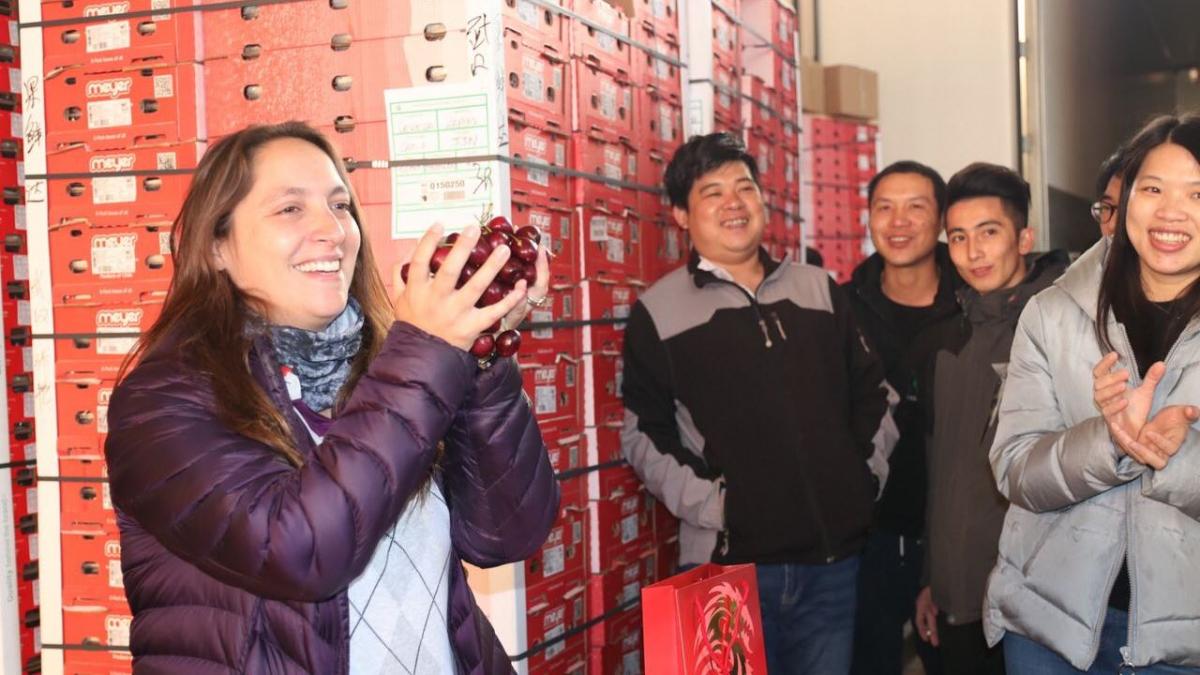
Produce Report recently had the opportunity to interview Romy Meyer, co-founder and Commercial Manager of Meyer SA, a Chilean fruit grower, packer, and exporter, on the topic of her company’s efforts to bring high-quality fresh cherries to China.
Shipping perishable items such as fruits long distances while maintaining high quality and freshness requires a combination of choosing the right varieties, harvesting them at the correct time, and sorting and packing them appropriately. According to Ms. Meyer, four main factors are responsible for determining the shelf life of cherries, namely, the harvesting color, sugar (Brix) levels, firmness, and presence of defects such as decay or splitting. Each of these factors and their combination influence the suitability of a particular batch of fruit for shipping long distances.
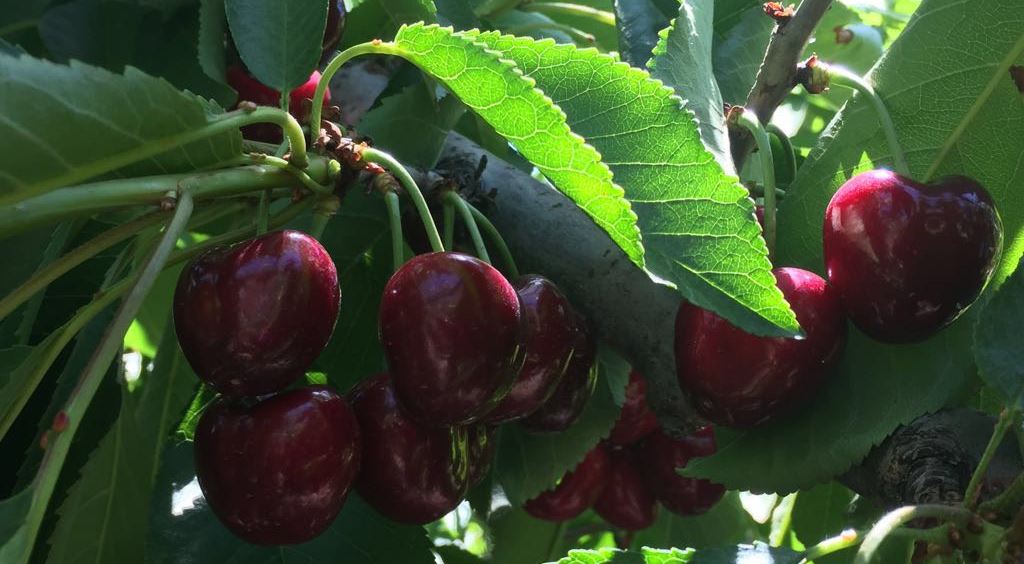
For example, the combination of a high sugar level and too dark color tends to indicate that the fruit is overripe, resulting in a shorter shelf life. Meanwhile, small quantities of decayed fruit missed during sorting and packing can lead to far greater amounts of unsellable fruit after transpacific shipping.
Consequently, careful monitoring of these parameters prior to shipping is crucial to ensuring that high-quality fruit arrives at the destination port and ultimately reaches the customer’s shopping basket. As Ms. Meyer explained, it is also necessary to consider the variability of each parameter; while automated sorting machines are able to remove very soft fruit, more consistent batches with lower variability in the firmness can be difficult to manage efficiently.
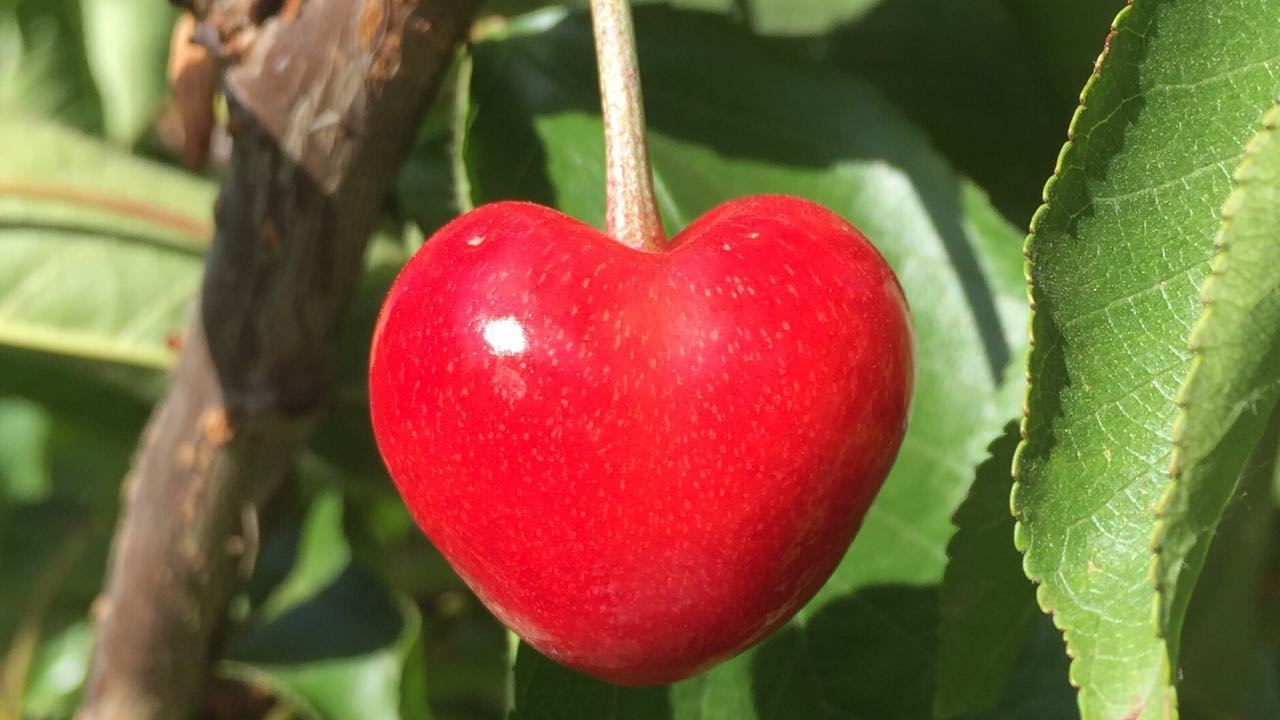
This kind of analysis allows steps to be taken to improve produce quality on arrival. One recent example cited by Ms. Meyer was that of Regina cherries this season. While these cherries are typically harvested when they reach the fourth of the six color grades used to assess the fruit, the early-season cherries were found to rapidly lose quality several days after arrival in the packing house as a result of over-ripening. The solution to this was to encourage growers and orchards to harvest at one color grade lower, such that the fruit arrived with higher firmness and crunchiness, although this also presents challenges in itself as Chinese consumers typically prefer cherries with a darker color. According to Ms. Meyer, this data-driven approach permits feedback to be given to growers to improve overall product quality for the benefit of all parties.
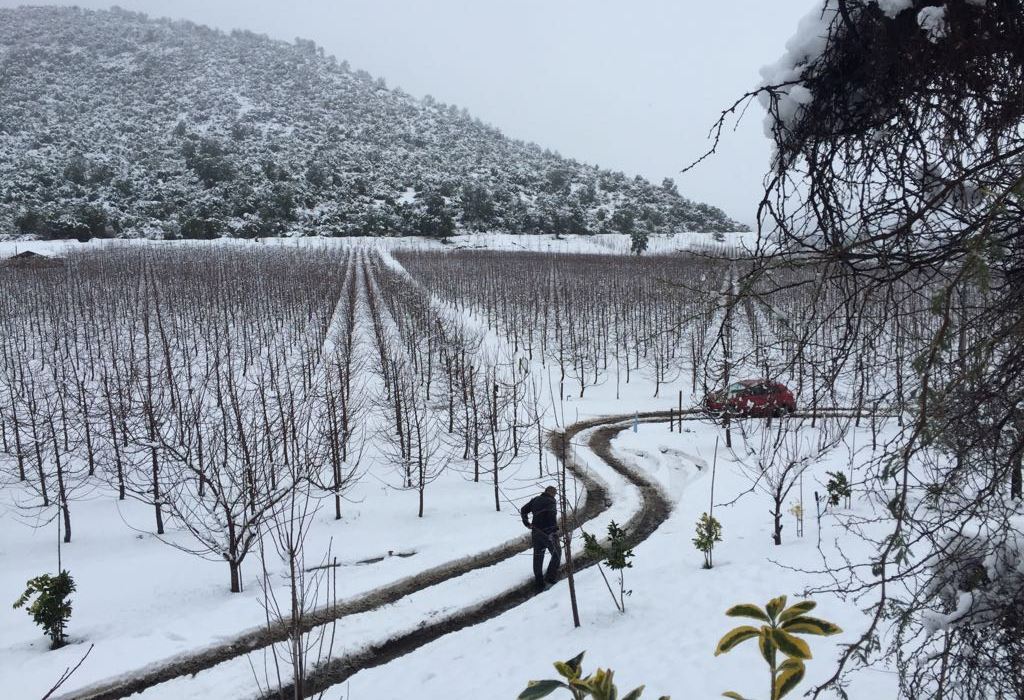
Ms. Meyer also explained that her company places a strong emphasis on technology, which she sees as essential to stay ahead in the very competitive cherry industry, such as automated sorting and packing machines from Unipak and MAF. In addition, in its packing Meyer also employs the It’s Fresh system, a proprietary technology that relies on a clay-based material to absorb ethylene and therefore slow the rate of ripening and deterioration between packing and the produce reaching the consumer. This increases the shelf life and provides the consumer with the best possible experience upon bringing the fruit home.
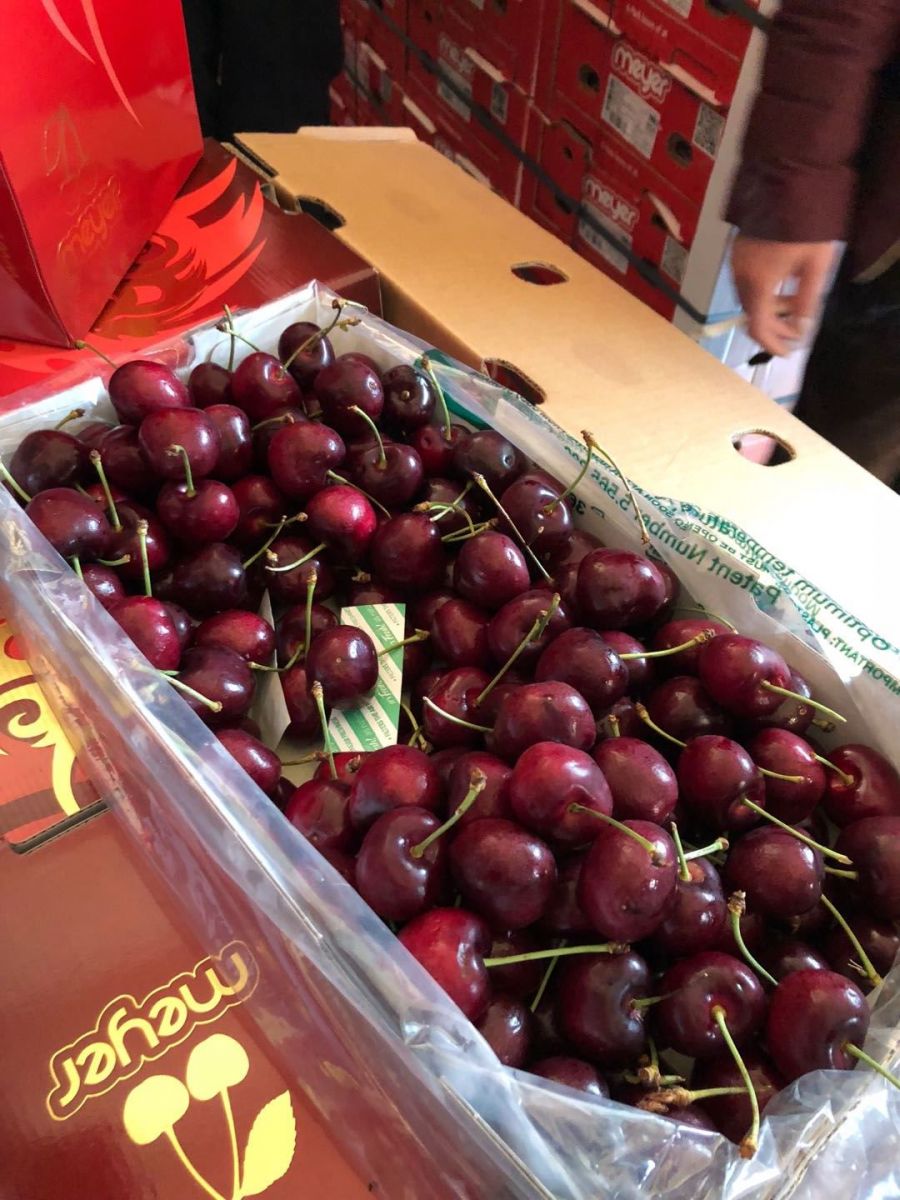
Finally, Ms. Meyer explained that even the consumer packing of her company’s cherries has been carefully designed, with a move from 5 kg boxes that are difficult for a typical family to finish to more convenient 2 kg boxes. In addition to being more recyclable, these boxes have suitable dimensions for stacking on standard pallets for more efficient transport, and can also be used for the company’s other fruits such as apples and kiwifruit.
Image source: MZMC




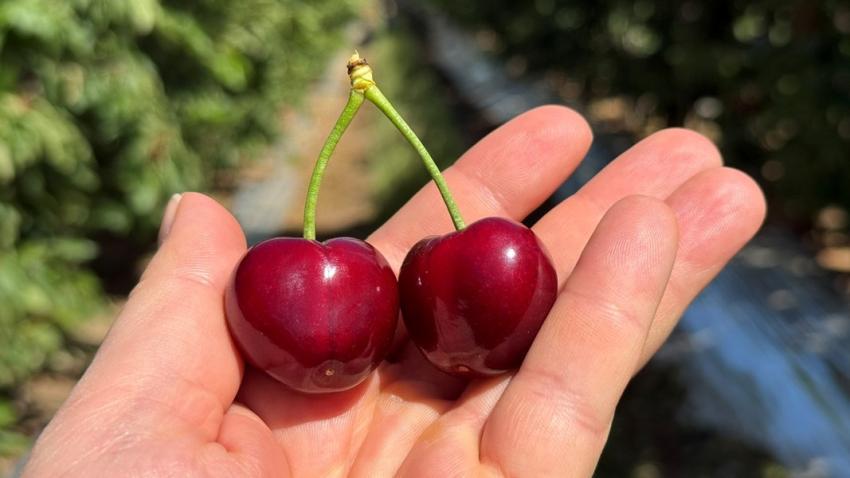
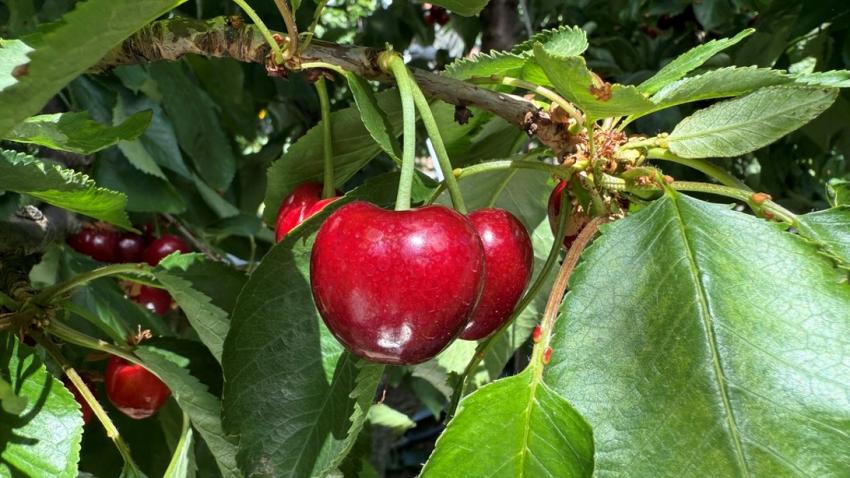

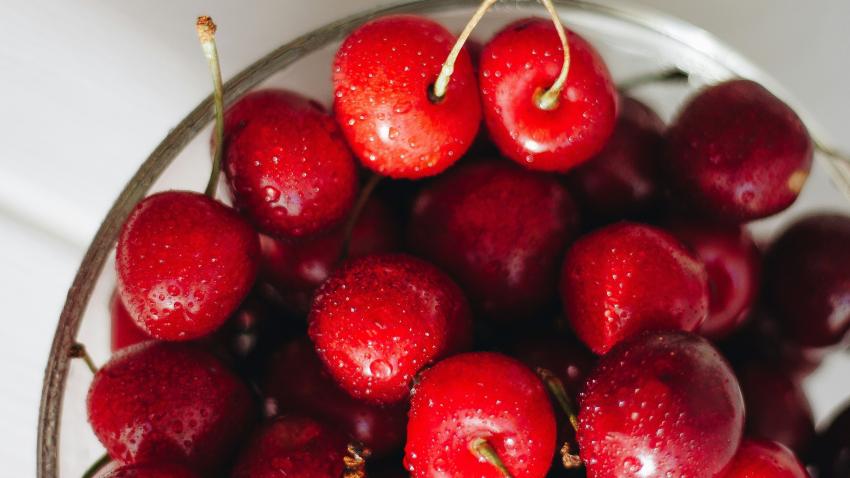







Add new comment